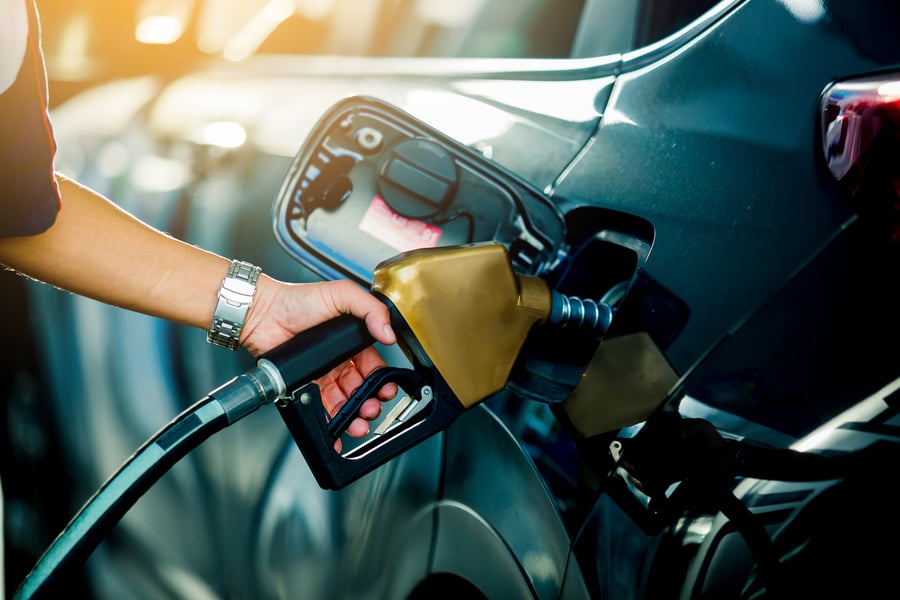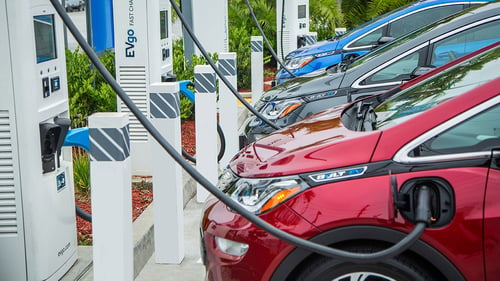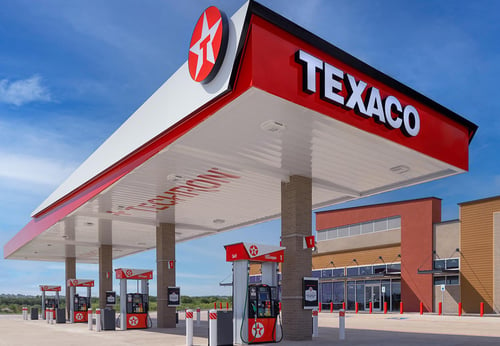
Will gas delivery services put service stations out of business? Are consumers so accustomed to convenience that they would rather pay in the parking lot than at the pump? With the proliferation of on-demand gas delivery apps from Filld to WeFuel, this business model is certainly off to a strong start. Only time will tell how long it will take to run out of steam…or gasoline.
Why Is Gas Delivery a Thing?
With a U.S. gasoline market worth over $300 billion, it’s no wonder that entrepreneurs have been eyeing a way to get in on the action. We live in a world inundated with a rush of “on-demand” services from the instant gratification of same-day Amazon delivery to GrubHub making fast food even faster. It was only a matter of time before the tech sector took a crack at fuel delivery. Now, investors are lining up to put money down on this idea, with several startups receiving tens of millions in funding over the past two years.
For some consumers, visiting the gas station can be a chore. These drivers complain about long lines and other inconveniences that make fuel stations unappealing. It’s another stop on an already lengthy commute, or a hassle to manage with kids crying in the back seat. In fact, the “minivan” demographic has been the most successful market to target for pilot programs. Now, moms and dads don’t have to visit a gas station at all. They can park at work or home, order fuel from their phone, pop the cap on their fuel tank, and walk away.
It’s a small luxury, but one that could become a habit. In fact, the high-end vehicles of tomorrow might be sold with a gas subscription service as part of the package. In the meanwhile, mobile gas vendors are making a profit one delivery at a time.
How the Business Model Works
Nobody likes to pay high prices for gas. So, vendors are being careful to ensure that the price per gallon is not too steep in comparison to gas stations. Delivery services may take an average of the nearest stations and price their fuel accordingly. Some tack on a modest delivery fee while others add on a small per gallon surcharge. The fee may vary depending on factors such as the delivery time and how far the refueling truck must travel outside the usual service area. However, some refueling businesses will waive the fee altogether during off-peak hours. Others offer a monthly subscription but only deliver gas if several customers are in the same area (such as a few neighbors living on the same block). There’s a lot of room for innovation and experimentation in the pricing model.
This begs the question: How do these businesses make money? Fuel delivery companies have low overhead compared to gas stations. There are no costs for the real estate, the infrastructure, inventory of all the non-fuel items, etc. They still need equipment to transport fuel safely, and they need to pay drivers and maintain liability insurance. There are also software development and maintenance costs. But the cost-savings are significant enough to give them a decent profit margin.
4 Threats to the Gas On-Demand Service Model
There are several issues that may challenge the success of fuel delivery companies. First, the barrier to entry is low and the market is likely to be congested with competitors before long. This will drive prices and profit margins down.
Second, the regulations surrounding fuel delivery are hazy at best. Local and state fire marshals have questioned the safety of transporting large volumes of fuel in pickup trucks. Some have stated that the activity is not permitted and put out a request for bystanders to report any fuel delivery trucks to the authorities. What fuel service vendors are doing is apparently, “not allowed, but not illegal.” Vendors have decided that it is smarter to ask forgiveness than permission rather than waiting for legislation to catch up with technology. But if accidents involving these small fuel trucks occur, the backlash could cripple this nascent industry.
Third, the growing popularity of electricity and other alternative fuels will continue to drive down the demand for traditional fuel. There’s no cost-effective “on-demand” way to bring an electrical charging station to the consumer, although that could change. And the battery swapping model has already been tried with little success. However, once the delivery model is firmly established, it may adapt to provide alternative fuels.
Fourth, the advent of Uber and similar transportation services will change the entire automotive sector along with the fuel industry. Right now, individual Uber drivers still choose where and how they refuel. But when autonomous vehicles hit the big time, decisions about fueling will be made at the corporate level—with all the buying power that entails. This shift has the potential to impact both gas stations and delivery companies.
How Can Convenience Stores Combat or Capitalize on This Trend?
For the time being, gas delivery services are more of a nuisance than a threat. However, it’s no time to be complacent. Convenience stores should be alert for ways to position themselves to compete. Here are a few ideas to start.
1. Partner with a delivery service. This might look like acquiring one of the existing vendors and bringing them under the gas station’s brand. Customers who are part of a rewards program could earn points toward a free delivery. This could help keep existing customers loyal.
2. Lobby for tighter regulation on fuel delivery. There are already places where vendors are not allowed to refuel customer vehicles. For example, some parking garages are off limits due to the hazards of fumes and potential explosions in areas with poor ventilation. The C-store industry might support enforcement of existing regulations and new legislation to curtail the transportation of fuel by “on-demand” vendors.
3. Generate more interest in in-store purchases. This is the easiest and fastest way to boost revenue in the face of competition. Giving customers a reason to go to the gas station means taking in-store amenities and roadside advertising to the next level. Whether it’s improving the quality and variety of food options or becoming an Amazon locker location, there are many ways that gas stations can make themselves indispensable.
How can gas stations grab attention in an increasingly cluttered marketplace? PWM’s profit boards help make this possible. With dynamic digital signage, store owners can display compelling messages to drive in-store traffic and rapidly test and compare campaigns to remain competitive.






